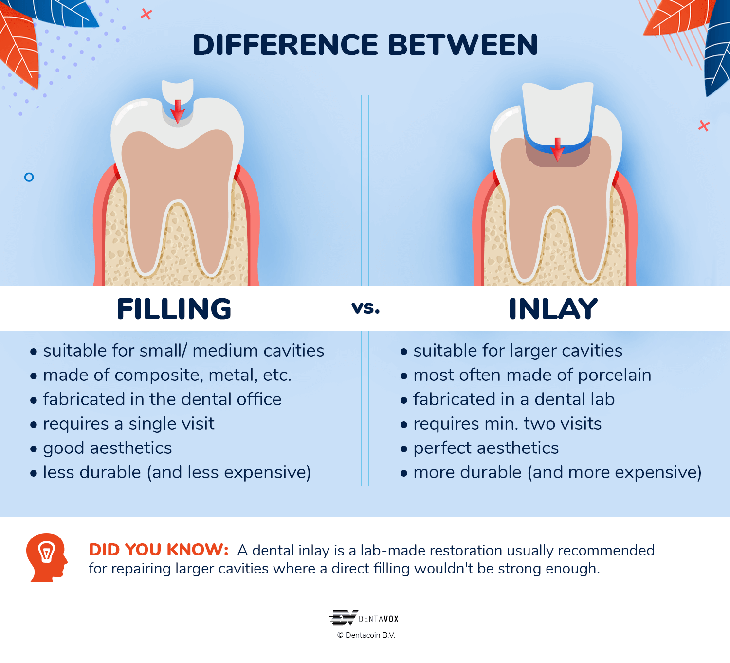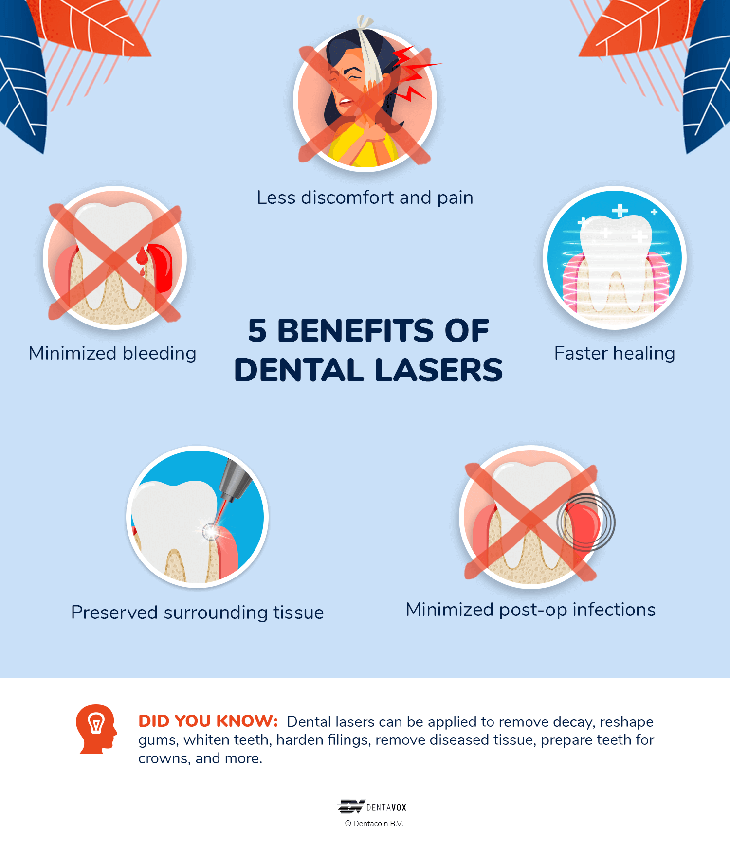It is estimated that 2.3 billion people worldwide suffer from tooth decay of permanent teeth. Therefore, it is no wonder that dental fillings are the most common dental treatment provided. Does that mean that people are well aware of everything about them?
The DentaVox Market Research platform explored the awareness of 4757 respondents globally of popular notions about dental fillings. Let’s find out if they match experts’ findings.
1. Dental fillings repair tooth decay: Fact
Obvious, right? Well, not for the 18 per cent of the survey respondents who disagree with this statement. Diving deeper into the statistics, we found out that the lower the education level of survey participants, the larger the share of people who are not aware that dental fillings treat caries (cavities).
In fact, to treat a cavity, dentists remove the decayed part of the tooth and then fill the previously decayed area with different materials such as metal, composite, and more. Fillings are also used to repair cracked, broken, eroded teeth.
2. Dental fillings can be lab-made: Fact
Dental laboratories are usually focused on fabricating larger dental restorations such as dental crowns, bridges, or dentures. However, they can sometimes fabricate a restoration that serves as a dental filling but is made of ceramics or zirconia. The majority of DentaVox survey participants (61 per cent) recognise this fact.
Inlays are one example. See how they compare to dental fillings, directly applied by the dentist in the dental office.

The mercury in amalgam fillings is dangerous: So-so
Whether or not the mercury in the old amalgam fillings can do any harm is a controversial matter within the dental field. This probably explains the almost equal distribution of answers between respondents who think that the mercury in amalgam fillings is dangerous, and those who disagree or are unsure.
What do the studies show? The amalgam certainly releases small amounts of mercury vapour over time but low levels of inhaled mercury vapour are considered harmless to most people. The latest release by the US Food and Drug Administration, however, warns certain high-risk groups against mercury-containing amalgam fillings. These include pregnant women or those trying to get pregnant, nursing women, children below the age of six, people with neurological disorders or kidney dysfunction.
4. It is possible to develop tooth decay under a dental filling: Fact
Most of us probably know this struggle: You get a dental filling on an aching tooth, problem solved … Well, yes but not forever. Months or years later there is new decay on the same tooth. The majority of DentaVox respondents (61 per cent) have probably experienced or heard of such situations.
There could be a few reasons why a new cavity develops on a treated tooth, the most common of which are: poorly cleaned decayed surface in the first place, or just a completely new tissue infected.
Read more: 10 myths about diets and how they affect your teeth
5. Composite fillings can be in bright colours (such as pink or blue): Fact
Dental fillings are supposed to mimic the colour of natural teeth in the best possible way. But can other colours serve a purpose too? It is considered that coloured fillings can serve as a motivation for children to get their teeth treated. Therefore, some manufacturers who provide brightly coloured compomers young patients can choose from. However, only 30 per cent of survey participants are aware of their existence.
6. Dental fillings can be golden: Fact
From colourful composites to shiny gold – is it possible to have a filling made of this noble metal? According to 56 per cent of DentaVox respondents, the answer is yes.
And this is, in fact, true. A gold wire was used in dentistry in ancient times, and for filling cavities in the 19th century. Its popularity, however, seems to be fading away with new materials offering better aesthetics and price advantages.
Read more: What to do about sensitive teeth
7. A tooth can be prepared for a dental filling with a laser: Fact
The placement of a dental filling would not be such an unpleasant experience if it wasn’t for the drill that has to painfully remove the decayed tissue. Well, that’s exactly where dental lasers come into play and we notice that 56 per cent of surveyed people are aware of this application.
What are the main benefits of dental lasers? See the image below.

8. All fillings need to be replaced eventually: Myth
More than 65 per cent of DentaVox respondents live with the idea that their dental fillings are temporary and will eventually need to be replaced.
However, this is not necessarily true. If a filling is properly prepared and placed on a perfectly cleaned tooth tissue, it can last for a very long time, sometimes even a lifetime. This, of course, if you maintain good dental hygiene and have no other issues such as gum disease, teeth grinding, etc.
9. Composite fillings can cause dental problems: Myth
One myth related to composite fillings states that they might lead to further dental and general health problems, primarily due to the small quantity of Biphenol A (BPA) monomer contained. Health risks caused by composite fillings are perceived by 40 per cent of DentaVox survey participants.
Science disagrees with this statement. The American FDA concluded health concerns regarding composite resins are baseless and do not have substantial evidence.
10. Dental fillings can look like natural teeth: Fact
Nowadays materials and technologies allow for making beautiful and durable tooth replacements. This, combined with the skilful hands of a dentist, can result in a dental filling, indistinguishable from a real tooth.
This fact is confirmed by the majority of surveyed people (68 per cent), while another 23 per cent remain doubtful.
Read more: Dental expert tells what happens to our teeth as we age
About DentaVox: DentaVox is a market research platform that collects opinions through paid surveys on a variety of oral health topics. It guarantees legitimate market statistics through its anti-manipulation mechanisms and a growing number of respondents with blockchain-verified identities and varied demographics. Used by 71K+ respondents who have answered over 61 million questions, DentaVox is well-positioned as a trustworthy source for up-to-date dental market statistics, widely used by dental professionals, suppliers, media, students, and researchers.
This article originally published as Dental Fillings: 10 Myths, Facts & Stats by Donika Kraeva, republished with permission from the author.
How much did you just learn about your fillings?
If you enjoy our content, don’t keep it to yourself. Share our free eNews with your friends and encourage them to sign up.

